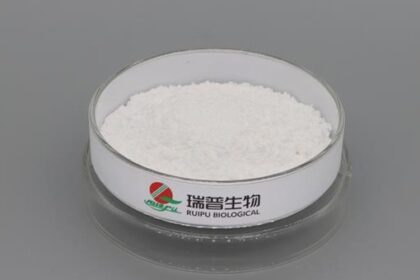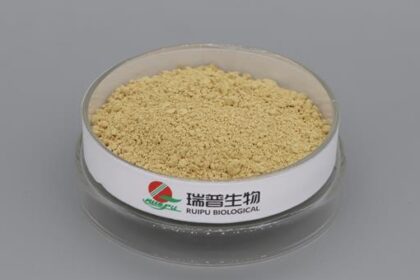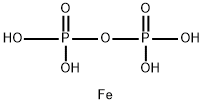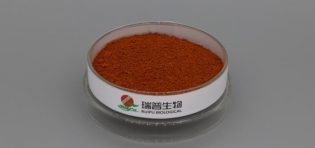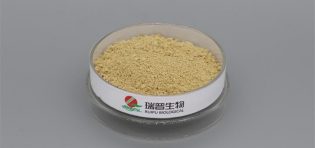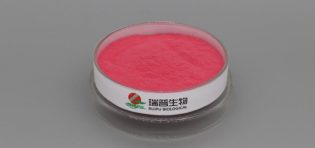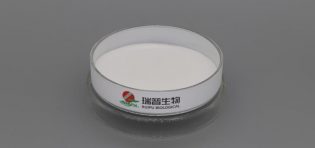
The development trends and challenges of the global vitamin premix market can be analyzed in detail from the following aspects:
Development Trends
·Continuous Market Growth:
According to relevant reports, the global vitamin premix market is continuously expanding. For instance, data shows that the global vitamin premix market reached 27.079 billion yuan in 2023. Another report indicates that the global vitamin and mineral premix market size was 58.475 billion yuan, which may include a broader category of premixes. It is predicted that by 2029, the market will reach between 37.129 billion yuan and 78.796 billion yuan, with an estimated annual compound growth rate of 4.40% to 5.04%. This suggests that the market will maintain steady growth in the coming years.
·Diversification of Application Fields:
Vitamin premixes have a wide range of applications, including the feed industry for poultry, livestock, and aquatic animals, as well as in personal care, health care, and food service end-use sectors. Due to the increasing demand for health and nutrition, these fields will continue to see growing demand for vitamin premixes.
·Technological Innovation and Product Development:
Technological innovation is a crucial factor driving the development of the vitamin premix market. Companies continuously develop new products, improve product performance and quality to meet the ever-changing market demands. For example, customized premix products tailored to specific animal species or health needs will continue to emerge.
·Sustainable Development and Environmental Requirements:
With the global emphasis on sustainable development, the vitamin premix industry will also face higher environmental requirements. Companies need to adopt more environmentally friendly production methods, reduce pollution emissions, and improve resource utilization efficiency. Consumer demand for environmentally friendly products will also drive the industry towards a greener and more sustainable direction.
Challenges
·Intensified Market Competition:
As the market expands, more and more companies are entering the vitamin premix market, leading to increasingly fierce competition. Companies need to continuously enhance their competitiveness to establish a foothold in the market.
·Fluctuations in Raw Material Prices:
The main raw materials for vitamin premixes include various vitamins and minerals, whose prices are influenced by market supply and demand relationships, production costs, and other factors, resulting in significant fluctuations. The instability of raw material prices can affect the production costs and profitability of vitamin premix companies.
·Technical Barriers and Product Quality:
The vitamin premix industry has high technical requirements, needing companies to possess advanced production technology and strict quality control systems. However, some small and medium-sized enterprises may face technical barriers and product quality issues, making it difficult to gain a competitive advantage in the market.
·Uncertainty in the International Trade Environment:
Changes in the international trade environment, such as the rise of trade protectionism and tariff adjustments, can impact the import and export business of the vitamin premix market. Companies need to closely monitor international trade dynamics and formulate flexible response strategies.
The global vitamin premix market is expected to maintain steady growth in the coming years, but it will also face challenges such as intensified market competition, fluctuations in raw material prices, technical barriers and product quality issues, and uncertainty in the international trade environment. Companies need to continuously enhance their competitiveness, strengthen technological research and product quality control, and actively respond to market changes to achieve better development in the market.

